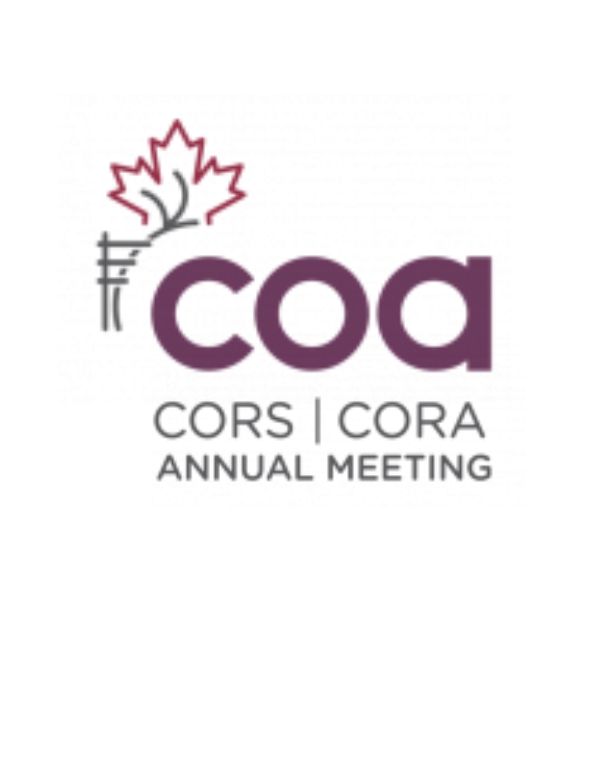
COA 2025: Looped vs Pierced Labral Repair for Femoroacetabular Impingement Syndrome

COA 2025: Looped vs Pierced Labral Repair for Femoroacetabular Impingement Syndrome
Looped Versus Pierced Labral Repair for the Treatment of Symptomatic Femoroacetabular Impingement Syndrome
Did you know you're eligible to earn 0.5 CME credits for reading this report? Click Here
CONFERENCE ACE REPORTS
This ACE Report is a summary of a conference presentation or abstract. The information provided has limited the ability to provide an accurate assessment of the risk of bias or the overall quality. Please interpret the results with caution as trials may be in progress and select results may have been presented.
Synopsis
Twelve studies involving patients with femoroacetabular impingement syndrome (FAIS) were included in this systematic review and meta-analysis comparing looped versus translabral labral repair techniques. Pooled outcomes of interest included patient-reported outcome measures (PROMs) such as mHHS, HOS-ADLs, HOS-SSS, NAHS, and rates of conversion to total hip arthroplasty or reoperation. Patients tr...
To view the full content, login to your account,
or start your 30-day FREE Trial today.
FREE TRIAL
LOGIN
Forgot Password?
Explore some of our unlocked ACE Reports below!

Learn about our AI Driven
High Impact Search Feature
Our AI driven High Impact metric calculates the impact an article will have by considering both the publishing journal and the content of the article itself. Built using the latest advances in natural language processing, OE High Impact predicts an article’s future number of citations better than impact factor alone.
Continue



 LOGIN
LOGIN

Join the Conversation
Please Login or Join to leave comments.